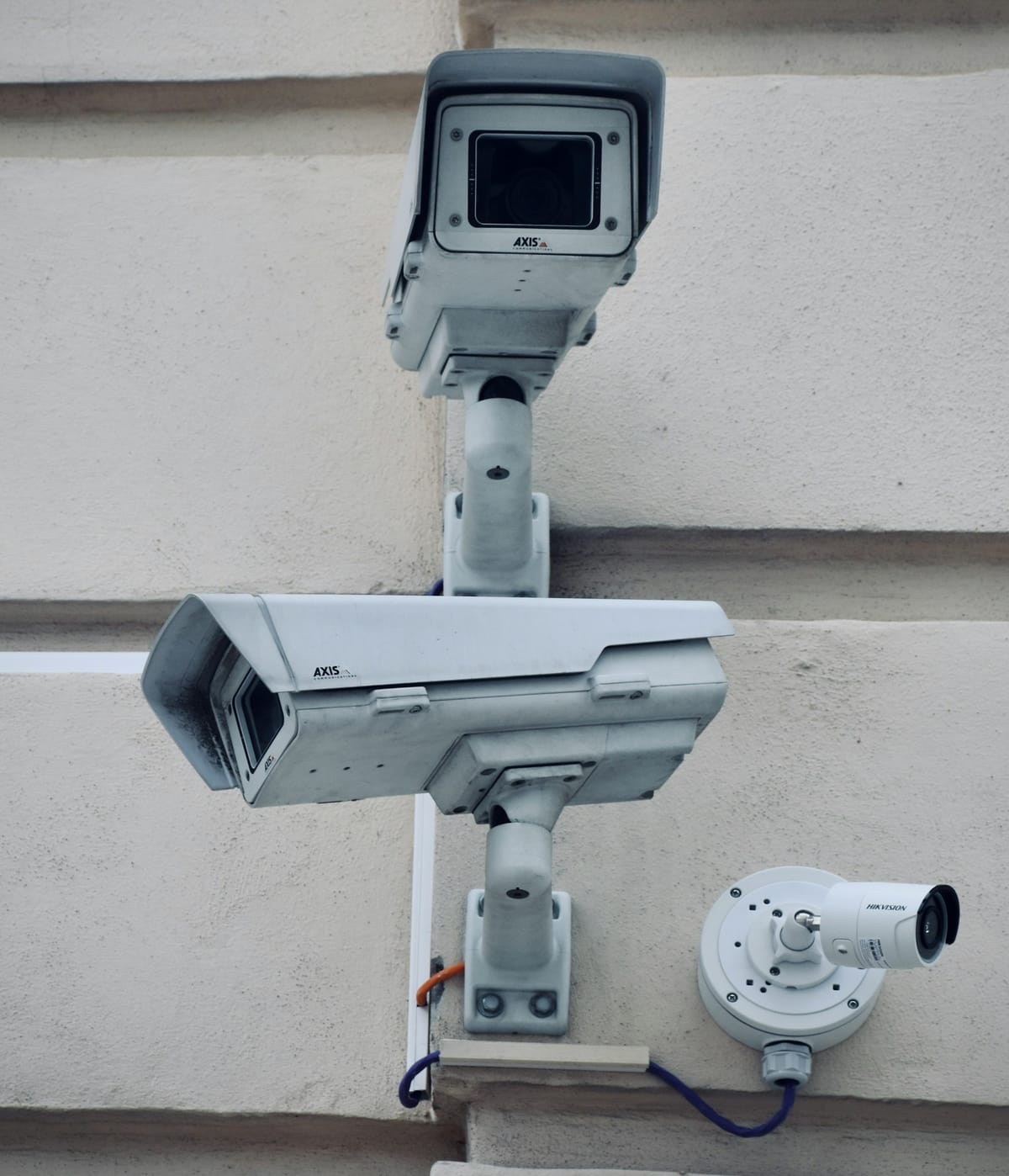Big Brother? Cyber Wars: Cyber Security Strikes Back, So Long-Farewell: What Next? Safeguards Required, Stemming the Tide, and Reviewing the Situation. It's CISO Intelligence for Wednesday, 13th August 2025.
Someone's always watching, battle has commenced, the long goodbye, keep them secret: keep them safe, who let the data out, and monumental decisions.

Table of Contents
- Orwell Takes the Tube: UK's Covert Facial Recognition Revelations
- Breaches, Bans, and Bounties: A Digital Soap Opera Unfolds
- Sunset Alert for Windows 11 23H2: Pack Your Bags!
- The Great PAT Parade: Navigating Personal Access Tokens in Azure DevOps
- The Leakzone: Where Data Takes a Vacation Without You
- The Ultimate Battle: Enterprise Browsers vs. Secure Browser Extensions
Orwell Takes the Tube: UK's Covert Facial Recognition Revelations
Big Brother and the sneaky photo stash: who needs privacy when you have government oversight?
What You Need to Know
In a twist right out of an Orwellian novel, the UK government has been silently granting law enforcement access to vast facial recognition databases made up of millions of citizen photos from passport and immigration records—all without public knowledge or parliamentary oversight. This covert data sharing has raised privacy alarms and could have profound implications for personal freedoms and policing practices. The board is expected to address these concerns, review policies to ensure compliance with privacy laws, and possibly engage with privacy advocacy groups to discuss protective measures.
CISO focus: Privacy and Surveillance
Sentiment: Strong Negative
Time to Impact: Immediate
Epistemology of a Scandal: UK’s Under-the-Radar Facial Recognition Access
In a move that can only be described as part dystopian nightmare, part bureaucratic faux-pas, the UK government has discreetly enabled police access to substantial databases with facial recognition technology, as exposed by Big Brother Watch and Privacy International. These databases integrate images from the passport office, containing roughly 58 million UK residents' headshots, and a whopping 92 million photos from immigration and visa records. The real twist? Parliament and the public were kept entirely in the dark.
The Database Unmasked
- Scale of the Operation: Compared to the Police National Database, which has about 20 million potential suspects' photos, the scale of these additional databases is breathtaking. It's a tech-savvy rendition of the old 'needle in a haystack' scenario, only with 150 million pieces of hay.
- Stealth Mode Activated: This quiet handover was revealed following Freedom of Information requests initiated by Big Brother Watch, spotlighting an Orwellian oversight method that prioritizes security over transparency.
The Implications
With such technology, UK police have unparalleled capabilities to identify and track individuals across the country. The implications for privacy are significant, raising concerns over potential misuses and abuses of power. These scenarios open up debates on civil liberties that echo those from dystopian narratives where technology and lack of oversight walk hand-in-hand like old chums.
The Reaction
The coalition raising alarms has written letters to both the Home Office and the Metropolitan Police urging a ban on this practice. Their stance brings forth critical questions about privacy, informed consent, and the sheer overreach of state surveillance.
Impact of the Revelation
The sentiment surrounding these revelations is strongly negative. The covert nature of data access creates distrust between citizens, their government, and their law enforcement, making a quick and transparent response imperative to restore public confidence.
This tale of clandestine facial recognition practices spotlights the perils of unchecked surveillance. When privacy is an afterthought and transparency is optional, Big Brother might just find a seat at your dinner table.
Vendor Diligence Questions**
- How does your technology solution ensure compliance with privacy protection standards and regulations?
- What measures have you implemented to provide transparency in data handling practices to your end-users?
- Could you specify any partnerships with government bodies that allow data-sharing, and if so, how is data privacy managed and audited?
Action Plan
- Review Internal Policies: Ensure current organizational practices align with the latest compliance requirements for data privacy and the ethical use of surveillance technology.
- Engage Privacy Groups: Open dialogues with privacy groups such as Big Brother Watch to identify shared concerns and proactive measures.
- Invest in Training: Emphasize privacy-oriented training for teams to foster an environment where data protection is prioritized.
- Audit and Report: Conduct audits of any database sharing practices and prepare a transparency report to be shared internally and with relevant oversight bodies.
- Upgrade Systems: Work with tech vendors to reinforce transparency features in surveillance technologies.
Source: https://www.theregister.com/2025/08/08/uk_secretly_allows_facial_recognition/
- The Register: Original reporting on UK facial recognition surveillance.
- Big Brother Watch: Advocacy and freedom of information inquiries.
- Privacy International: Statements on the intersections of technology, privacy, and transparency.




